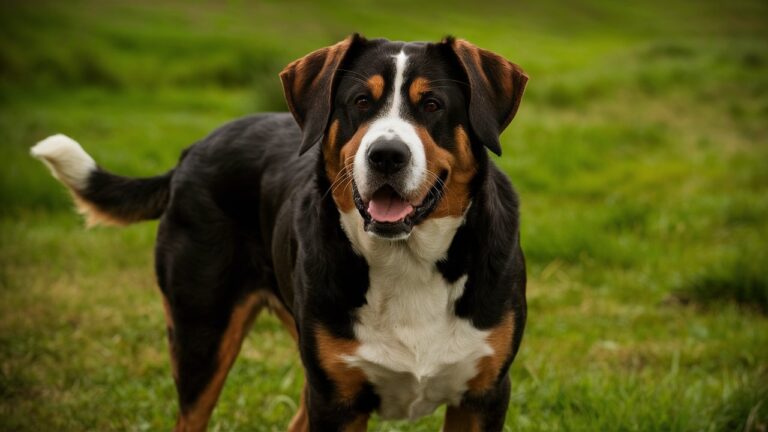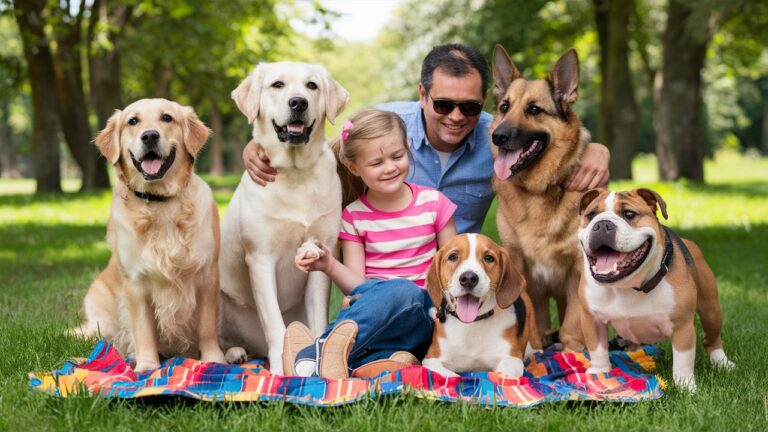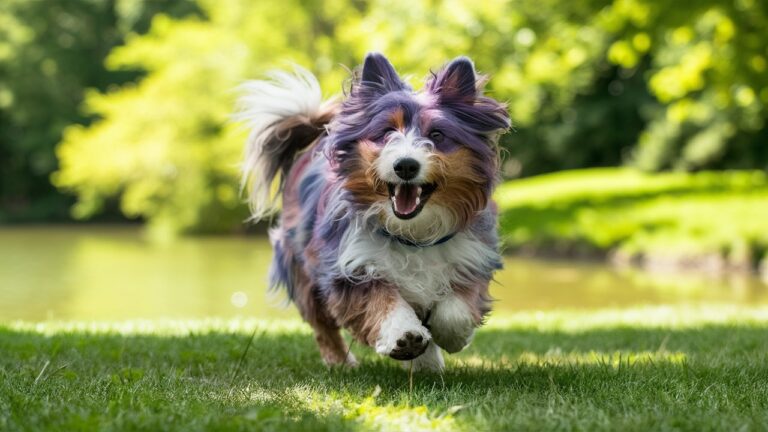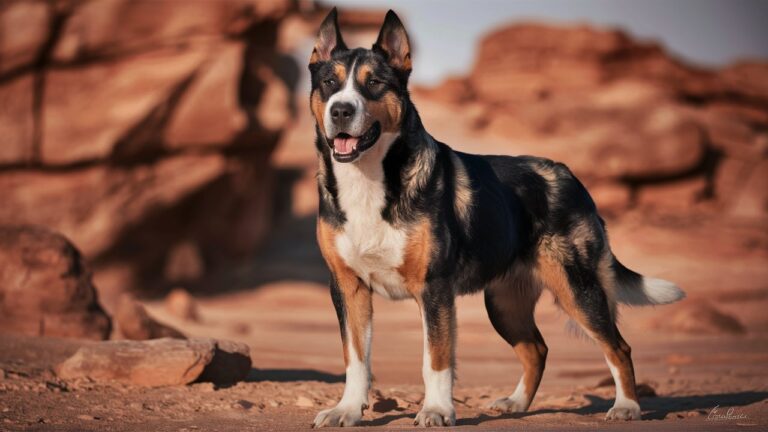Peruvian Dogs Unveiling the Charm 100% A Comprehensive Guide
Peruvian dogs, known for their unique heritage and diverse breeds, have captivated dog enthusiasts worldwide. From the ancient Peruvian Hairless Dog to the modern Peruvian Inca Orchid, these breeds offer a fascinating glimpse into Peru’s cultural tapestry and its deep-rooted connection with canine companionship.
Peruvian Dogs Origins and History

Peruvian dogs have a storied history that spans millennia, deeply embedded in the rich cultural fabric of ancient Peru. Archaeological findings provide compelling evidence of dogs’ integral role in pre-Columbian societies, serving not only as hunting aids and guardians but also as revered companions in everyday life.
Pre-Columbian Civilizations: The Moche, Chimu, and Inca
Among the Moche people, who flourished along the northern coast of Peru from 100 to 700 AD, dogs were depicted in intricate ceramic vessels and textiles. These artifacts often portrayed dogs alongside humans in hunting scenes or as symbols of prestige and protection within elite circles. The Chimu civilization, centered in the coastal region of northern Peru between 900 and 1470 AD, similarly depicted dogs in ceremonial and utilitarian roles, reflecting their importance in daily activities and religious rituals.
The Inca Empire, spanning from the 15th to early 16th centuries, further elevated the status of dogs. Known as “Allqu” in Quechua, the language of the Inca, dogs were valued for their loyalty, intelligence, and diverse abilities. They accompanied Inca soldiers on campaigns, assisted in hunting for sustenance, and played a crucial role in religious ceremonies, where they were believed to facilitate communication between the earthly realm and the spiritual world.
The Peruvian Hairless Dog: An Ancient Icon
Central to Peruvian mythology and culture is the Peruvian Hairless Dog, or “Perro sin Pelo.” Believed to have existed in Peru for over 3,000 years, this breed holds a special place in the country’s collective consciousness. Revered for its hairlessness, which was seen as both a practical adaptation to the warm climate of coastal Peru and a symbolic marker of purity and spiritual significance, the Peruvian Hairless Dog was often depicted in Moche and Chimu art as well as later Inca artifacts.
In addition to its physical attributes, the Peruvian Hairless Dog was esteemed for its purported healing abilities. In traditional Andean medicine, the dog’s warm skin was believed to alleviate various ailments, while its presence was thought to dispel negative energies and protect against evil spirits. This dual role as healer and protector underscores the deep spiritual connection ancient Peruvians had with their canine companions.
Colonial Era and Preservation Efforts
With the arrival of Spanish conquistadors in the early 16th century, indigenous Peruvian dogs faced challenges from introduced European breeds. Despite this, efforts to preserve native Peruvian breeds persisted among indigenous communities and later among Peruvian nationalists and dog enthusiasts. Recognizing the cultural significance of the Peruvian Hairless Dog and other native breeds, initiatives were undertaken to safeguard their genetic diversity and promote their recognition both within Peru and internationally.
Contemporary Significance and Cultural Resilience
Today, Peruvian dogs continue to hold cultural significance within Peru and beyond. The Peruvian Hairless Dog and the Peruvian Inca Orchid, recognized by international kennel clubs, serve as ambassadors of Peruvian culture, admired for their unique appearance, intelligence, and loyal nature. Their presence in art, literature, and cultural ceremonies reflects their enduring role as symbols of national pride and companionship.
Peruvian Dogs Diversity in Breeds
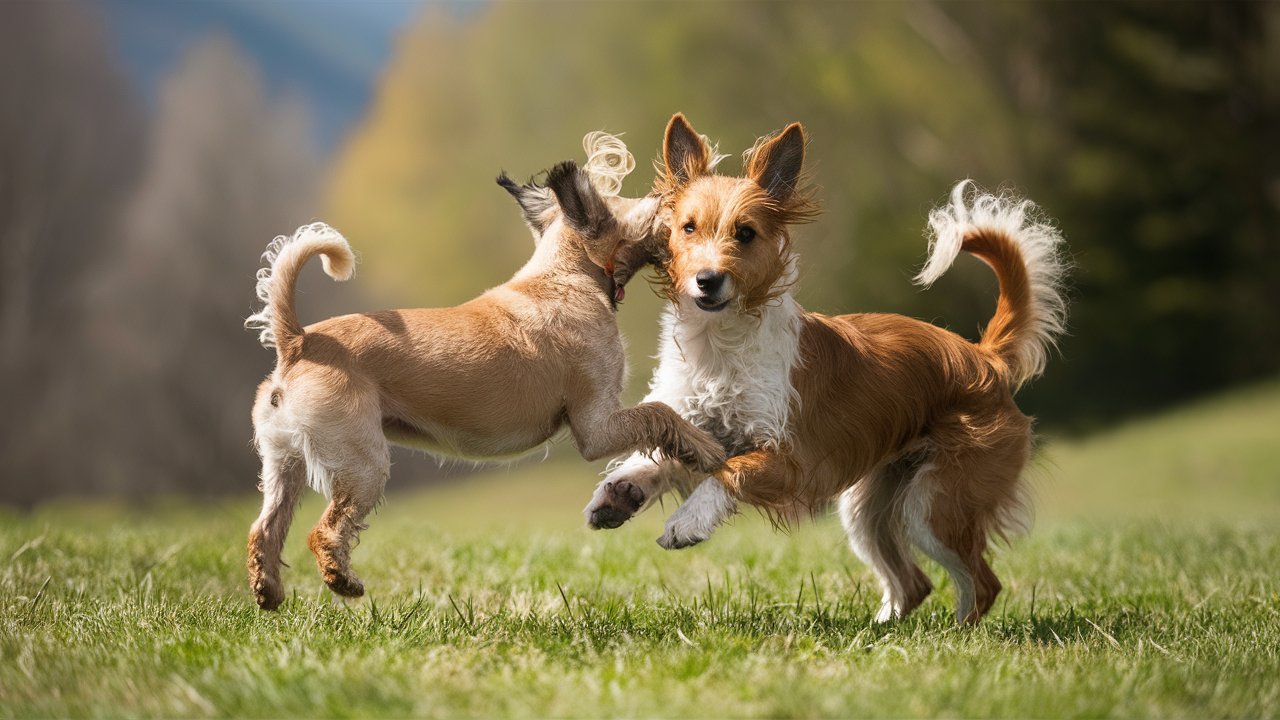
Peruvian dogs are renowned for their distinct breeds, each possessing unique characteristics shaped by their historical roles and regional adaptations.
1. Peruvian Hairless Dog (Perro sin Pelo)
The Peruvian Hairless Dog is perhaps the most iconic of Peru’s native breeds, known for its elegant appearance and hypoallergenic qualities. This breed comes in three sizes—small, medium, and large—and can have either a completely hairless or coated variety known as the Peruvian Hairless Dog (Perro sin Pelo).
Characteristics:
- Appearance: The hairless variety is characterized by its smooth, warm skin and prominent ears. They often have a tuft of hair on their heads and tails. The coated variety, while less common, features a short coat that requires minimal grooming.
- Temperament: Known for their affectionate nature, Peruvian Hairless Dogs are loyal companions and thrive on human interaction. They are intelligent and adaptable, making them suitable for various living environments.
- Special Care: Due to their lack of fur, Peruvian Hairless Dogs require special skincare to protect their skin from sunburn and cold temperatures. Regular moisturizing and sunscreen application are essential to maintain their health and comfort.
2. Peruvian Inca Orchid (Perro Pila)
The Peruvian Inca Orchid, also known as the Peruvian Hairless Dog, is another distinctive breed originating from Peru’s ancient cultures. This breed is named after the Inca civilization and is recognized for its elegant, slender appearance and graceful movement.
Characteristics:
- Appearance: The Peruvian Inca Orchid comes in various sizes, from small to medium, and can have either a hairless or coated variety. They are known for their smooth, often spotted skin and large, erect ears. Their sleek physique and agile build make them adept hunters and beloved companions.
- Temperament: These dogs are characterized by their playful and affectionate demeanor. They form strong bonds with their families and are known to be gentle with children. They require regular exercise and mental stimulation to thrive.
3. Peruvian Shepherd (Perro Pastor Peruano)
The Peruvian Shepherd, or Perro Pastor Peruano, represents a robust and hardworking breed traditionally used for herding livestock in Peru’s Andean regions. This breed exemplifies agility, intelligence, and a strong protective instinct, making them valuable working dogs.
Characteristics:
- Appearance: Peruvian Shepherds are medium to large-sized dogs with a sturdy build and muscular frame. They have a dense coat that provides protection from the elements, reflecting their adaptation to high-altitude climates.
- Temperament: These dogs are known for their loyalty and dedication to their families. They excel in obedience training and are eager to please their owners. Peruvian Shepherds are also highly energetic and require ample exercise to channel their energy positively.
Cultural Significance and Preservation
Peruvian dogs, with their diverse breeds and rich cultural history, continue to hold significant cultural importance within Peru. Efforts to preserve and promote these native breeds underscore their status as national treasures and symbols of cultural heritage. Whether as loyal companions, working partners, or cultural icons, Peruvian dogs exemplify the enduring bond between humans and their canine counterparts.
Peruvian Dogs Cultural Significance
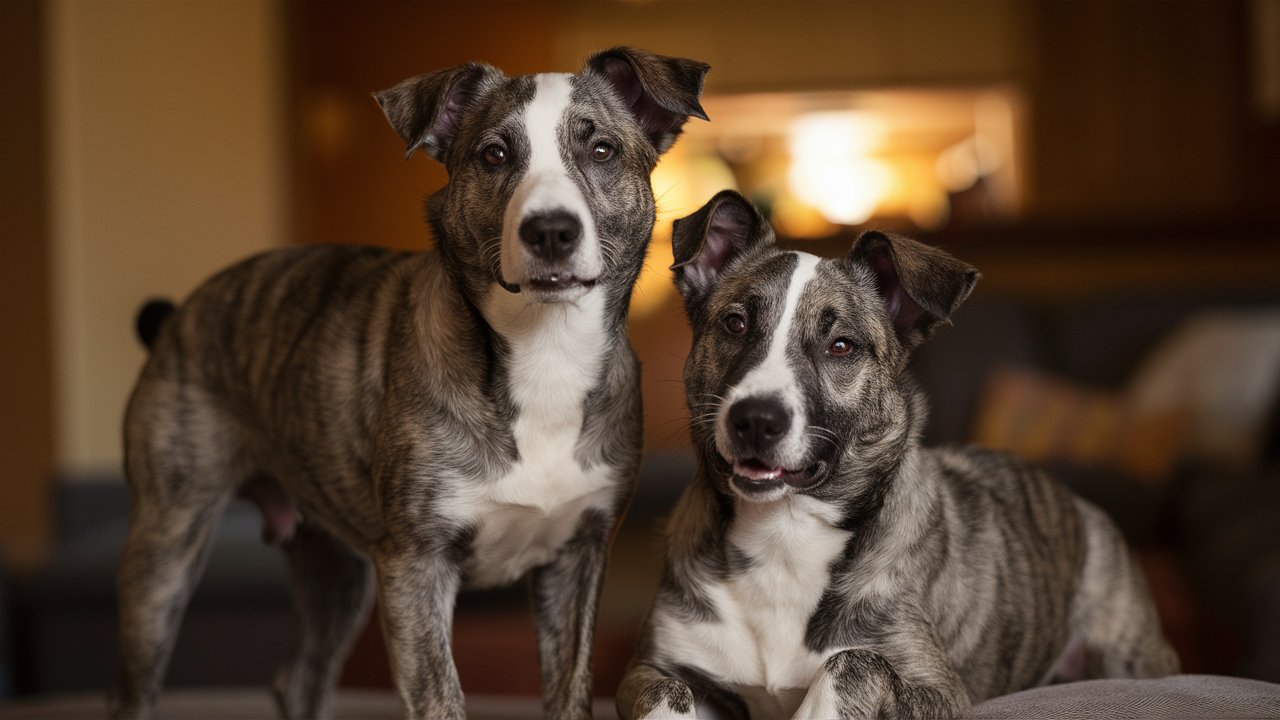
Peruvian dogs hold a prominent place in the cultural identity of Peru, symbolizing resilience, companionship, and spiritual significance. Their presence extends beyond mere companionship to encompass various aspects of Peruvian life and heritage.
Ceremonial and Spiritual Roles
In traditional Peruvian ceremonies and rituals, dogs, particularly the Peruvian Hairless Dog, play vital roles. Known for their perceived ability to ward off evil spirits and bring blessings of health and prosperity, these dogs are often included in rituals conducted by shamans and healers. Their participation underscores their status as spiritual guardians and conduits between the earthly and supernatural realms.
National Symbols and Cultural Icons
Peruvian dogs are also celebrated as national symbols, embodying the country’s rich cultural diversity and history. The Peruvian Hairless Dog, in particular, has been recognized by the Peruvian government and cultural institutions as an emblematic breed that represents the nation’s indigenous heritage and resilience. Its depiction in Peruvian art, literature, and folklore reinforces its status as a cultural icon cherished by Peruvians and admired by people around the world.
Artistic Representation and Literary Influence
Throughout Peru’s artistic history, dogs have been a recurring motif in paintings, sculptures, and literature. In modern times, contemporary Peruvian artists continue to depict dogs in various contexts, showcasing their enduring appeal and symbolic significance. Writers and poets also draw inspiration from dogs, weaving their loyalty and companionship into narratives that resonate with readers across generations.
Community and Social Impact
Beyond their symbolic and artistic roles, Peruvian dogs contribute to community life in Peru. They are often involved in therapy programs, providing emotional support to individuals in hospitals, schools, and rehabilitation centers. Their gentle demeanor and intuitive nature make them ideal companions for therapeutic purposes, fostering a sense of well-being and connection within communities.
Global Appreciation and Conservation Efforts
Internationally, Peruvian dogs have garnered attention for their unique characteristics and cultural significance. Efforts to preserve and promote these breeds have been supported by organizations dedicated to the conservation of indigenous dog breeds worldwide. Recognition from international kennel clubs has further elevated the profile of Peruvian dogs, ensuring their genetic diversity and cultural heritage are safeguarded for future generations.
Peruvian Dogs Characteristics and Temperament
Peruvian dogs exhibit a range of traits that reflect their adaptability, intelligence, and loyal nature, making them cherished companions and working partners.
Peruvian Hairless Dog
- Appearance: The Peruvian Hairless Dog comes in three sizes (small, medium, large) and can have either a completely hairless or coated variety. Their elegant appearance, with a sleek body and alert expression, draws admiration.
- Temperament: Known for their affectionate and loyal nature, Peruvian Hairless Dogs are deeply attached to their families. They are gentle and calm, often forming strong bonds with children and other pets.
- Intelligence: Highly intelligent and intuitive, these dogs are quick learners and respond well to positive reinforcement training methods. They thrive on mental stimulation and enjoy participating in activities that challenge their intellect.
- Sensitivity: Due to their hairlessness, Peruvian Hairless Dogs are sensitive to temperature changes and require protection from extreme cold or sun exposure. Regular skincare, including moisturizing and sunscreen application, is essential to maintain their skin health.
Peruvian Inca Orchid
- Appearance: The Peruvian Inca Orchid is characterized by its slender build, elegant demeanor, and distinctive large erect ears. Available in various sizes and coat colors, they exude grace and agility.
- Temperament: Playful and affectionate, Peruvian Inca Orchids are known for their outgoing nature and love for companionship. They enjoy being part of family activities and thrive on attention and affection from their owners.
- Energy Level: Moderately energetic, these dogs appreciate regular exercise and mental stimulation. Engaging them in interactive play sessions or dog sports helps maintain their physical fitness and mental well-being.
- Trainability: Intelligent and eager to please, Peruvian Inca Orchids respond well to consistent training and positive reinforcement. They excel in obedience training and can learn new commands quickly.
Peruvian Dogs Shepherd
- Appearance: The Peruvian Shepherd is a sturdy and muscular breed, built for endurance and agility. Their double coat provides protection from varying climates, reflecting their adaptability to high-altitude regions.
- Temperament: Loyal and protective, Peruvian Shepherds are devoted to their families and make excellent guard dogs. They are alert and quick to respond to potential threats, making them valued companions in rural and urban settings alike.
- Activity Level: Highly active and agile, these dogs thrive in environments where they can engage in physical activities such as herding, agility training, or hiking. Regular exercise is essential to channel their energy constructively.
- Intelligence and Trainability: Intelligent and independent-minded, Peruvian Shepherds benefit from early socialization and consistent training. They have a strong work ethic and excel in tasks that utilize their herding instincts and intelligence.
Peruvian Dogs Health and Care
Peruvian dogs, like all breeds, benefit from regular veterinary care, proper nutrition, and attention to specific health considerations based on their breed and individual needs.
Peruvian Hairless Dog
- Skin Care: Due to their hairlessness, Peruvian Hairless Dogs are prone to sunburn and skin irritation. Regular sunscreen application, especially on exposed areas, helps protect their sensitive skin from harmful UV rays. Moisturizing their skin with pet-safe lotions or oils can prevent dryness and maintain skin health.
- Temperature Sensitivity: These dogs are sensitive to temperature changes and may require extra warmth during colder months. Providing them with cozy blankets and indoor shelter is crucial to prevent discomfort and potential health issues related to cold exposure.
- Dental Health: Like all dogs, dental hygiene is essential for Peruvian Hairless Dogs. Regular brushing with a dog-friendly toothpaste helps prevent dental disease and maintains their oral health. Annual dental check-ups by a veterinarian can identify any dental issues early and ensure proper care.
- Exercise Needs: Despite their lack of fur, Peruvian Hairless Dogs enjoy moderate exercise to stay healthy and mentally stimulated. Daily walks or play sessions in a safe environment allow them to expend energy and maintain physical fitness.
Peruvian Inca Orchid
- Coat Care: While some Peruvian Inca Orchids have a full coat, others are hairless or have varying degrees of hairlessness. Depending on their coat type, grooming needs may vary. Hairless varieties require regular skincare similar to Peruvian Hairless Dogs, including sunscreen and moisturizing, to protect their skin from sun exposure and maintain its health.
- Exercise Requirements: Peruvian Inca Orchids are moderately active and benefit from regular exercise to prevent obesity and promote muscle tone. Engaging them in activities such as walks, runs, or interactive play sessions helps fulfill their exercise needs and stimulates their minds.
- Nutritional Needs: Providing a balanced diet suitable for their age, size, and activity level is essential for maintaining optimal health. Consultation with a veterinarian can help determine the best dietary choices and portion sizes to support their overall well-being.
Peruvian Dogs Shepherd
- Coat Maintenance: The double coat of Peruvian Shepherds requires regular grooming to minimize shedding and prevent matting. Brushing their coat weekly helps distribute natural oils and removes dirt, debris, and loose hair. During shedding seasons, more frequent grooming may be necessary to manage their coat effectively.
- Exercise and Activity: As active working dogs, Peruvian Shepherds thrive on regular exercise and mental stimulation. Engaging them in activities such as herding exercises, agility training, or long walks helps satisfy their high energy levels and strengthens the bond between pet and owner.
- Joint Health: Due to their active lifestyle, Peruvian Shepherds may be prone to joint issues such as hip dysplasia. Providing them with a balanced diet rich in nutrients that support joint health, such as glucosamine and omega-3 fatty acids, can help maintain their mobility and reduce the risk of joint-related problems.
Preventative Health Measures
In addition to regular grooming and exercise, preventative health measures are crucial for all Peruvian dogs:
- Regular Veterinary Check-ups: Annual wellness exams allow veterinarians to assess overall health, administer vaccinations, and detect any potential health issues early.
- Parasite Control: Implementing a regular parasite prevention program, including flea, tick, and heartworm prevention, helps protect Peruvian dogs from common parasites and related diseases.
- Nutritional Management: Providing a balanced diet tailored to their nutritional needs supports their immune system, digestive health, and overall well-being.
Personal Stories About Peruvian Dogs
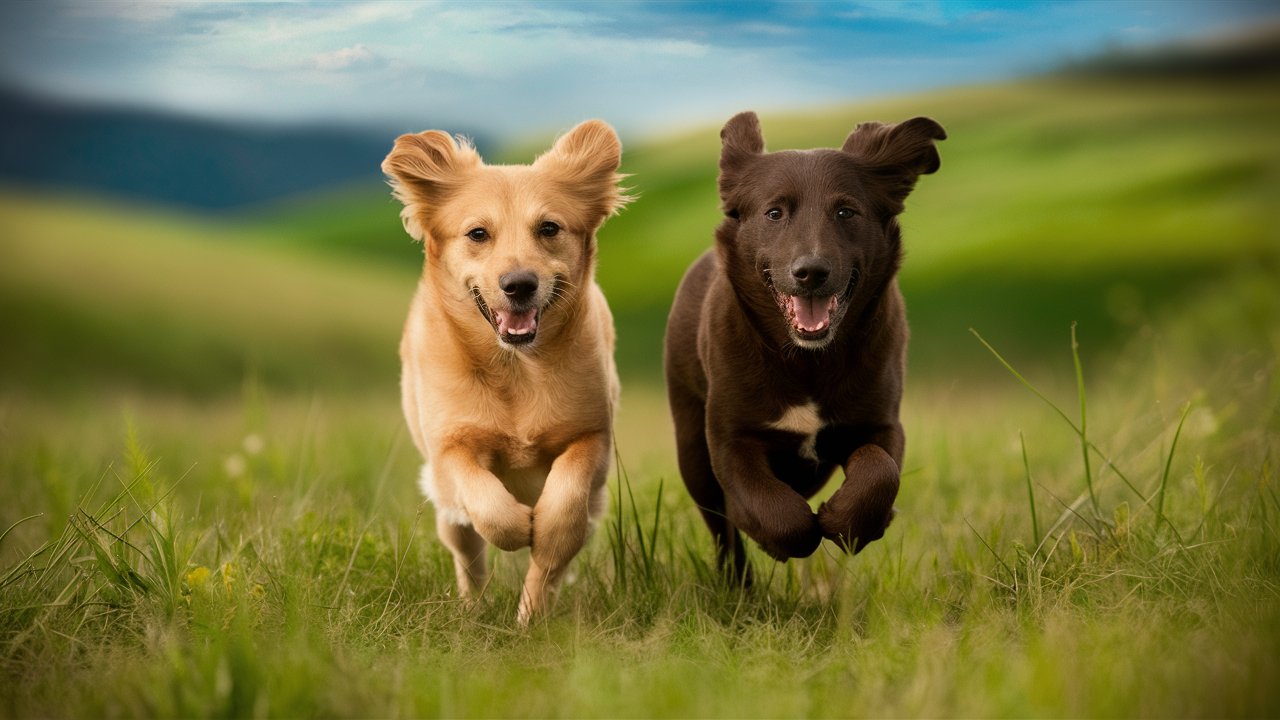
Maria’s Bond with her Peruvian Hairless Dog
Maria, a resident of Lima, Peru, shares a deep bond with her Peruvian Hairless Dog named Cusi. “Cusi has been my companion for over a decade,” Maria fondly recalls. “Her gentle nature and unwavering loyalty have been a source of comfort through life’s ups and downs.”
Maria recounts how Cusi’s sensitivity to her emotions became evident during a challenging period in her life. “When I was recovering from surgery, Cusi would sit by my side, offering silent support with her warm presence. It was as if she understood my need for companionship and reassurance.”
Beyond emotional support, Maria appreciates Cusi’s playful spirit and intelligence. “Cusi loves to learn new tricks and delights in playing fetch in the park. Her curiosity and eagerness to explore new surroundings remind me to cherish life’s simple pleasures.”
Javier’s Adventures with his Peruvian Inca Orchid, Maya
Javier, an avid hiker from Cusco, Peru, shares his adventures with Maya, his Peruvian Inca Orchid. “Maya is my adventurous companion on the trails of the Andes,” Javier beams. “Her agility and enthusiasm for outdoor exploration make every hike an unforgettable experience.”
Javier recalls a memorable trek to Machu Picchu with Maya by his side. “Watching Maya navigate the rugged terrain with grace and determination was awe-inspiring. She seemed to revel in the sights and sounds of nature, reminding me of the beauty of our Peruvian landscapes.”
Maya’s friendly nature has also endeared her to fellow hikers and locals alike. “On our hikes, Maya’s gentle demeanor and affectionate personality have forged bonds with people we meet along the way. She brings joy to everyone she encounters, creating lasting memories of our adventures together.”
Alejandro’s Peruvian Dogs Shepherd, Chaska, and Family Bond
Alejandro, a farmer from the Sacred Valley, shares a close-knit bond with his Peruvian dogs Shepherd, Chaska. “Chaska is not just a working dog; she’s a cherished member of our family,” Alejandro reflects. “Her loyalty and protective instincts make her invaluable on our farm.”
Chaska’s role as a herding dog has been essential to Alejandro’s livelihood. “Chaska’s agility and intelligence make her indispensable in guiding our livestock. Her innate understanding of herding techniques and strong work ethic ensure the smooth operation of our farm.”
Beyond herding, Chaska’s presence brings joy and security to Alejandro’s family. “Chaska is a gentle guardian to my children, watching over them as they play and grow. Her unwavering devotion to our family reinforces the bond we share with her.”
Conclusion
Peruvian dogs embody a rich tapestry of history, culture, and companionship. Whether as loyal family pets, cultural icons, or working partners, they continue to enchant people globally with their unique charm and versatility. Exploring their heritage not only deepens our understanding of Peruvian culture but also celebrates the enduring bond between humans and their canine companions.
